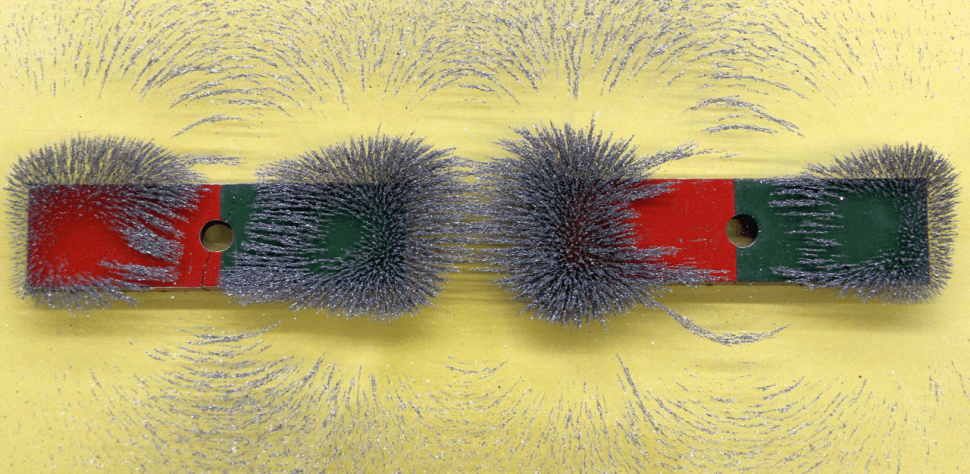In ancient Greece, there was a notable observation of certain iron ores excavated near the city of Magnesia, which exhibited the ability to attract metals. Consequently, these metallic specimens were named magnets, bearing the name of their place of origin.
It is purported that as early as 121 BC, the Chinese had already grasped the technique of magnetizing metals using magnetic ores. Permanent magnets, commonly encountered in speakers, measuring instruments, hard drives, and similar devices, emit a magnetic field around them. It is widely acknowledged that the majority of electrical devices, including transformers, electric motors, and hard drives, rely on magnetic fields for their operation.
In 1819, the Danish physicist Hans Christian Oersted made a groundbreaking discovery, unveiling the phenomenon wherein a magnetic field is generated around a conductor through which an electric current passes.
MAGNETS
Materials possessing the ability to attract objects made of iron, nickel, cobalt, and their alloys are referred to as magnets.

Every magnet has two poles: north (N) and south (S). Magnetic forces come into play between magnets, being repulsive between like poles and attractive between the south pole of one magnet and the north pole of another.
MAGNETIC FIELD
The behavior of magnets is explained through the notion of magnetic fields. Additionally, we can determine the direction of the invisible magnetic field at a specific point using a small magnetic needle or test magnet (compass like device).


When a small magnetic needle is placed within the magnetic field of a larger magnet, it will orient itself so that its north pole is attracted to the south pole of the main magnet. This phenomenon repeats for every magnetic needle within the magnetic field of the larger magnet, as each needle aligns itself according to the attractive forces (magnetic field) exerted by the main magnet.
By connecting successive positions of the small magnetic needle or compass, one magnetic field line was obtained. The image shows the magnetic field of a flat magnet with the help of magnetic field lines.

MAGNETIC FIELD LINES
Magnetic field lines originate from the north pole and terminate at the south pole, forming closed loops.
At any point, the direction of the magnetic field line is direction of magnetic field in that point. The direction of the magnetic field is in the direction of the tangent to the magnetic field line.
The density of magnetic field lines indicates the strength of the magnetic field: higher density signifies stronger magnetic field in that region.
MAGNETIC FIELD LINES TRACED WITH IRON FILINGS
Iron filings serve as an effective visual aid to illustrate magnetic field lines. When sprinkled into a magnetic field, they align themselves along the field lines, effectively becoming miniature magnetic needles. This alignment showcases the direction of the magnetic field at each point, offering a tangible representation of the field’s configuration.
Magnetic field lines of flat magnet traced with iron filings can be seen on photograph bellow:


The photograph below displays the magnetic field lines of two flat magnets arranged in a configuration where the north pole of one magnet is positioned near the south pole of the second magnet, resulting in an attractive force between them.


Next photograph below displays the magnetic field lines of two flat magnets arranged in a configuration where the north pole of one magnet is positioned near the north pole of the second magnet, resulting in an repulsive force between them.









Leave a Reply